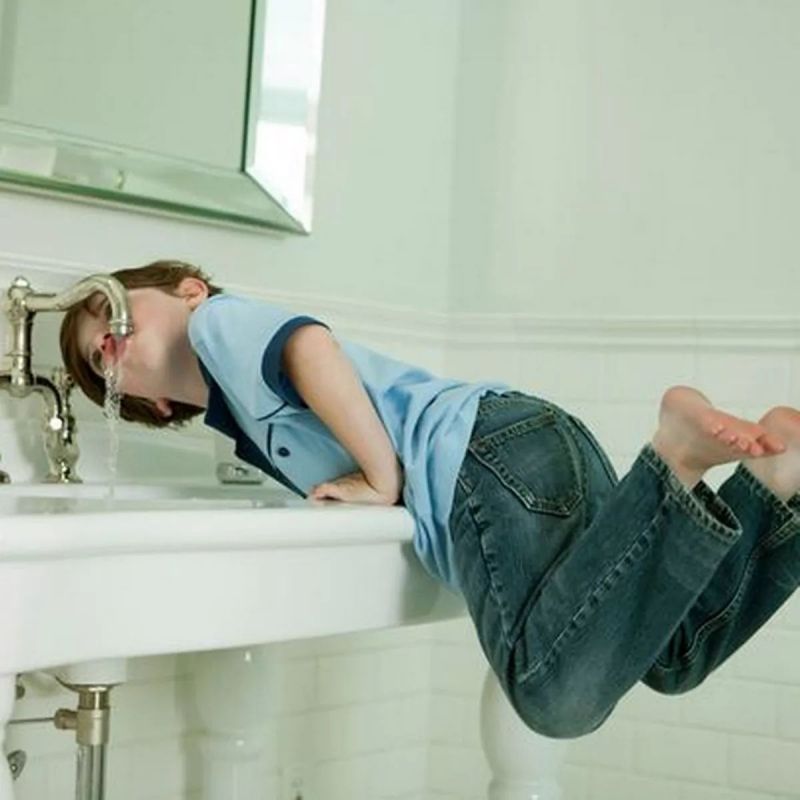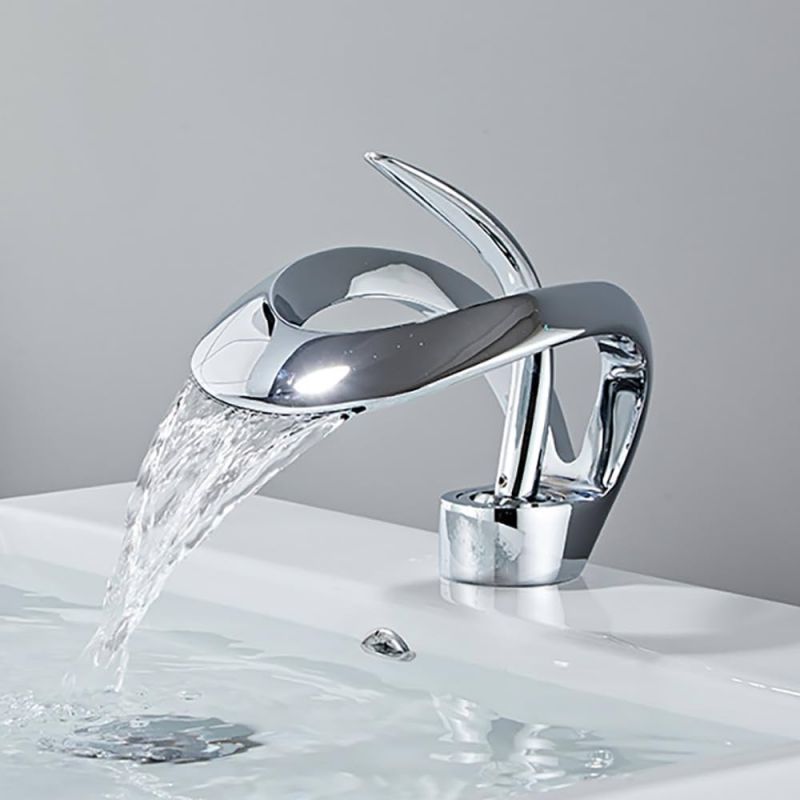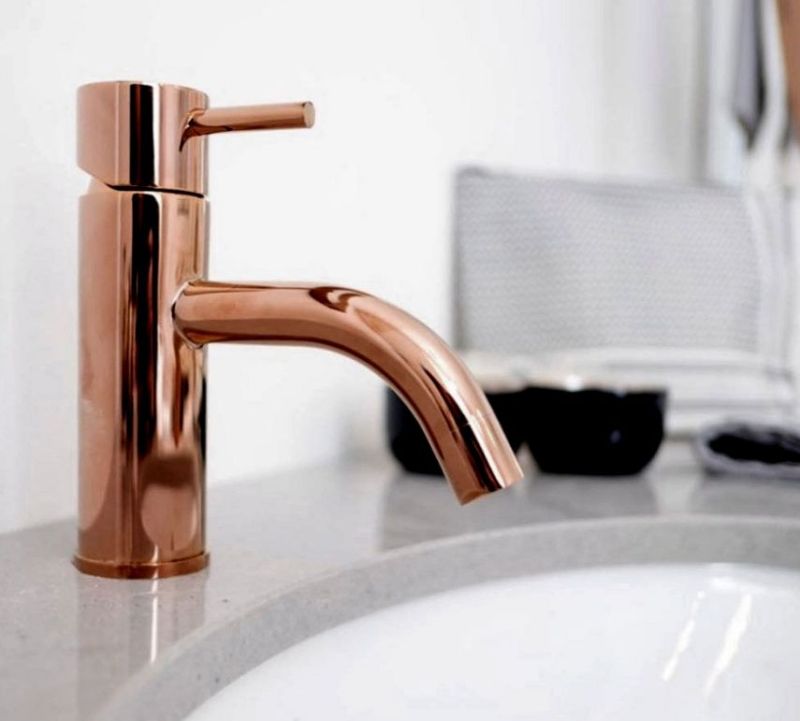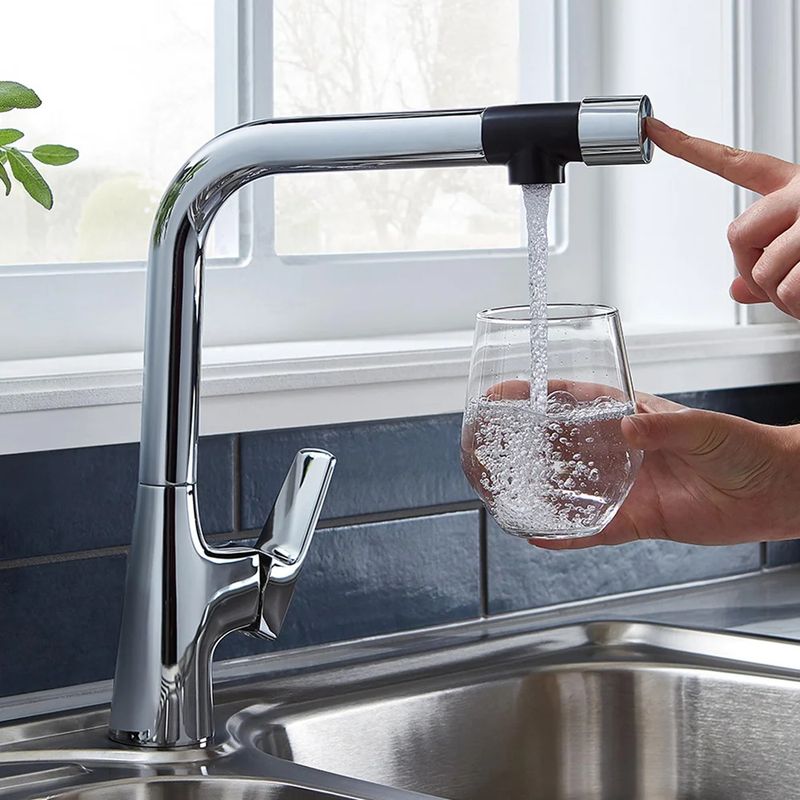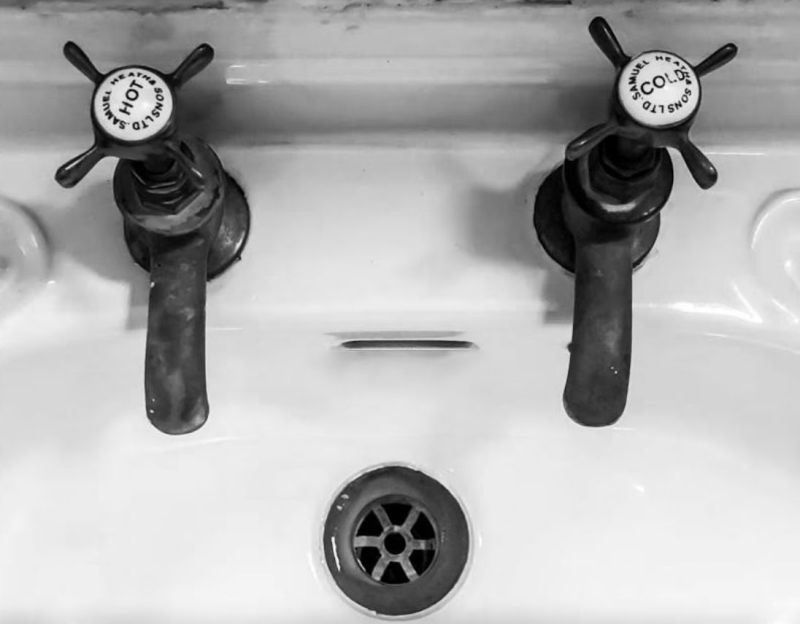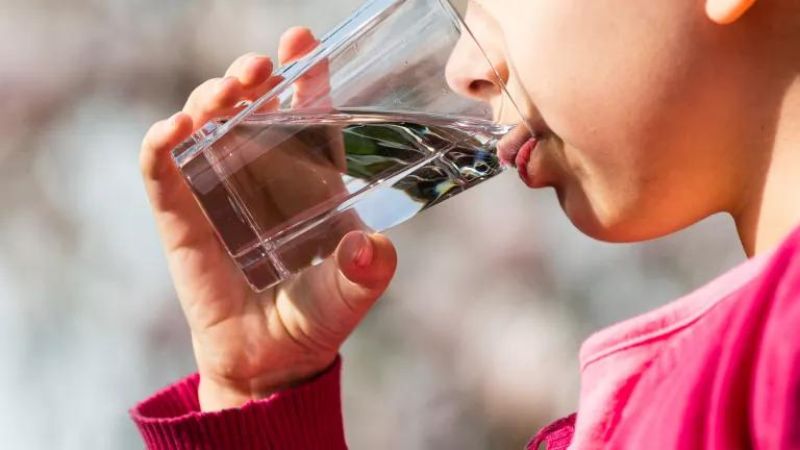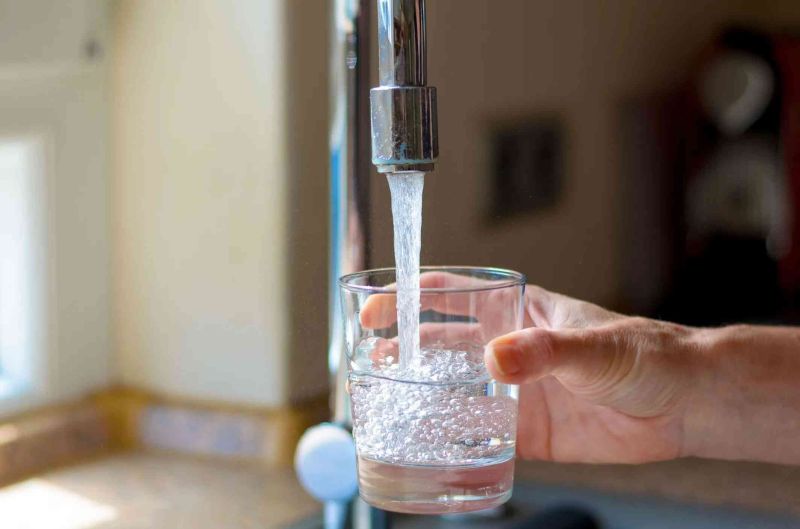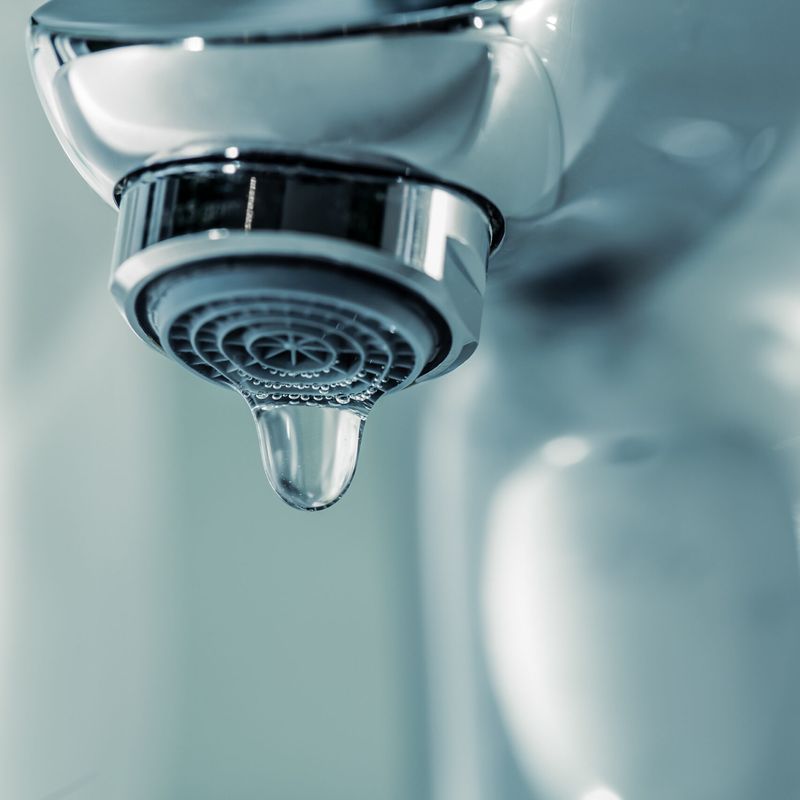 English
English
Jabra Sanitary is a sanitaryware supplier offering toilets, sinks, faucets, bathtubs, etc., at competitive prices. If you're a distributor, wholesaler, or project contractor, get a quote today!
 $23.9 Limited-time Offer
$23.9 Limited-time Offer Consignment Policy
Consignment Policy 20 Years of Experience
20 Years of Experience
Bathroom sinks are typically used for washing hands, brushing teeth, and face washing. But sometimes, when we feel thirsty or need a quick drink in the bathroom, we wonder: is bathroom water safe to drink?
While bathroom tap water may come from the same source as kitchen tap water, it is generally not recommended to drink directly from the bathroom tap.
Table of Contents
Key Factors to Consider Before Drinking Bathroom Water
Why Does Bathroom Sink Water Taste Different?
Potential Risks Associated with Drinking Bathroom Tap Water
How to Ensure the Safety of Your Drinking Water
How to Check the Safety of Bathroom Tap Water
FAQs
Wrapping Up
Key Factors to Consider Before Drinking Bathroom Water
Before deciding if bathroom water is safe to drink, it's essential to understand a few key factors that impact its safety. By evaluating these factors, you can better determine whether bathroom water is drinkable in your situation.
1. Water Source
Whether bathroom water is safe to drink can depend heavily on its source. For homes with municipal water, the water is generally treated and tested to meet safety standards.
However, for homes using private wells, the situation can be less reliable. Private wells often lack routine testing, and contaminants may go undetected.
In either case, the journey the water takes through pipes to the bathroom tap may also affect its quality, making it less preferable than kitchen sink water.
2. Private Wells
Homes that use private wells face unique risks, as these wells are not subject to the same stringent safety regulations as municipal water supplies. If the water isn't regularly tested, there's an increased risk of contamination from naturally occurring chemicals, fertilizers, or even bacteria.
This means that bathroom tap water from private wells should be approached cautiously, as harmful substances could potentially go undetected.
3. Older Homes
In older homes, outdated plumbing can contribute to issues with water safety, especially in bathroom sink water. Older pipes may leach metals such as lead into the water.
Over time, pipes can develop internal corrosion, allowing bacteria or metals to contaminate the water further. If your home has aging plumbing, it's wise to be cautious when drinking from bathroom taps and consider testing the water regularly.
Why Does Bathroom Sink Water Taste Different?
Many people notice a distinct taste when drinking water from a bathroom sink compared to the kitchen. This difference often comes down to factors like pipe material, water temperature, and sometimes even the storage tanks used in older plumbing systems.
Potential Risks Associated with Drinking Bathroom Tap Water
While the water from a bathroom sink may seem convenient to drink, there are several potential risks to consider. Drinking bathroom tap water exposes you to factors like stagnant water, aging pipes, and possible contamination from nearby cleaning products.
These issues can make bathroom water less safe to drink compared to the kitchen sink. Understanding these risks, especially in older homes or areas with untreated private wells, can help you decide whether is bathroom water safe to drink in your home.
Recent research by the Australian National University highlights water safety concerns; findings indicate that over 600,000 Australians lack consistent access to safe drinking water. A third of these individuals regularly consume water with unsafe levels of contaminants, including uranium, arsenic, nitrates, fluoride, and E. coli.
Below, we explore these risks in detail to help you make informed choices about your water sources.
1. Stagnant Water
Water in bathroom pipes often sits stagnant for longer periods than in kitchen pipes, especially during nighttime. Stagnation allows bacteria and contaminants to accumulate, leading to potential health risks if the water is consumed.
For this reason, it's best to let the water run briefly before drinking from the bathroom tap or, ideally, to avoid drinking from it altogether.
2. Old Pipes
Older plumbing systems are common in bathrooms, particularly in homes that haven't updated their pipes in decades. These older pipes can degrade over time, releasing metals such as lead or copper into the water.
While some municipal treatments reduce the risk of metal leaching, bathroom sink water remains more susceptible due to less frequent flow, increasing the time water remains in contact with old plumbing materials.
3. Water Tanks and Storage
In some homes, especially older ones, water tanks store the supply before it reaches the bathroom tap. Over time, tanks can collect sediment, rust, and even microbes that affect water quality.
If tanks aren't cleaned regularly, these particles may end up in the bathroom water, potentially affecting both its taste and safety.
4. Uncertain Purity Levels
While municipal water undergoes treatment to ensure purity, water traveling to the bathroom tap may experience changes in quality. The potential for cross-contamination, storage in tanks, and the materials in bathroom plumbing can introduce unknown elements, reducing the certainty of its purity.
In many cases, bathroom water's purity level is less controlled than kitchen tap water, making it less ideal for consumption.
5. Potential Contamination
Bathrooms have high exposure to contaminants due to daily usage of various products like soaps, lotions, and cleaners. These products can leave residues that may transfer to taps or even contaminate standing water in nearby pipes.
Consequently, bathroom tap water may come into contact with small, incidental levels of these substances, creating potential contamination risks.
6. Cross-Contamination
Since bathroom sinks are used for tasks like handwashing and brushing teeth, the risk of cross-contamination is higher than in the kitchen.
Residual soap, toothpaste, or other substances can build up around the sink and tap, potentially transferring to the water stream. This factor makes bathroom water less desirable for drinking, as it increases the possibility of minor contaminants.
7. Risk to Children
Children are particularly vulnerable to contaminants in water, as their developing bodies are more sensitive to harmful substances. Consuming water from a potentially less pure bathroom tap could expose children to risks that may not significantly affect adults.
For safety, parents should encourage children to drink from the kitchen tap or use filtered water sources, especially in older homes or areas with questionable water quality.
How to Ensure the Safety of Your Drinking Water
Ensuring the safety of your drinking water is crucial for maintaining good health and preventing waterborne diseases. Here are several key steps you can take to ensure that your water is safe to consume:
1. Kitchen Sink Water
For drinking purposes, it's generally safer to rely on kitchen sink water rather than bathroom tap water.
Kitchen taps are often connected directly to the main water supply, reducing the chance of contaminants from storage tanks or outdated pipes. If you're feeling thirsty, opting for water from the kitchen sink is a safer bet for both taste and quality.
2. Use Cold Water
Cold water from the tap is typically safer to drink, as warm or hot water may contain higher levels of metals or other contaminants. Heat can cause certain materials in pipes to leach into the water more readily, so it's best to avoid drinking warm water from any tap.
Running the cold water for a few seconds before drinking can also help flush out stagnant water sitting in the pipes.
3. Use Water Filters
Adding a water filter to your tap can be an effective way to improve water quality. Filters remove impurities such as chlorine, sediment, and even heavy metals, providing an added layer of protection.
A variety of filters are available, including faucet-mounted, pitcher, and under-sink options, each of which can help ensure you're drinking clean, safe water. However, even with a filter, using kitchen tap water is usually the preferred choice.
How to Check the Safety of Bathroom Tap Water
Checking the safety of bathroom tap water is essential for ensuring your health and well-being. Here are steps you can follow to assess its safety:
1. Sensory Check
A sensory check can help identify obvious issues with bathroom tap water. Look for discoloration, odd smells, or unusual tastes, as these may indicate contaminants or aging pipes.
Although this check isn't foolproof, it can be a useful first step before consuming the water.
2. Water Test Kits
Water test kits are widely available and provide quick results, often testing for common contaminants like lead, chlorine, and bacteria.
These kits allow homeowners to evaluate bathroom tap water quality and can serve as an accessible tool for identifying safety concerns without needing professional testing.
3. Change Your Filter Regularly
If you use a water filter, regular replacement is necessary to maintain effectiveness. An old or clogged filter may not only lose its ability to filter contaminants but could also harbor bacteria.
Following the manufacturer's instructions for filter replacement helps ensure you're drinking clean water.
4. Check Your Water Source
Knowing where your water comes from is crucial. If you're using a private well, more frequent testing and possible filtration are necessary.
Municipal water sources are generally tested, but checking your specific area's water quality report can help you understand any potential risks associated with drinking bathroom tap water.
5. Professional Testing
For an in-depth assessment, professional testing is a reliable option. This type of testing provides comprehensive results, identifying any possible contaminants and offering peace of mind for homeowners.
Professionals can also recommend filtration options or necessary plumbing changes based on your water's composition.
6. Understanding Regional Water Quality Issues
Water quality can vary by region, and some areas have specific contaminants that affect tap water.
Familiarizing yourself with local water quality reports, especially if you live in an older home or rural area, can help you make informed choices about drinking bathroom water.
FAQs
Why might bathroom tap water be less safe than kitchen tap water?
Bathroom tap water is often less safe due to longer periods of stagnation in pipes, potential use of different plumbing materials, and possible storage in older water tanks. These factors increase the risk of contaminants, making it generally less ideal for drinking compared to kitchen tap water.
Is bathroom tap water safe to drink in all regions?
Safety varies by region. Some areas have higher water quality standards, while others may face natural or infrastructure-related contamination risks. Checking local water quality reports and understanding regional water issues can provide a better sense of safety for drinking bathroom water.
What should I do if my bathroom tap water is unsafe?
If your bathroom tap water is unsafe, avoid drinking it and switch to drinking water from the kitchen tap or bottled water. Investigate the plumbing system for potential issues and consider installing a water filtration system.
Can boiling bathroom tap water make it safe to drink?
Boiling bathroom tap water can kill bacteria and some microorganisms, but it does not remove chemical contaminants like lead or pesticides. Therefore, boiling is not a reliable method for making unsafe water safe to drink.
Is bathroom water the same as kitchen water in some region?
Yes, in many regions, bathroom water and kitchen water come from the same municipal supply or source. This means that the water is treated and distributed through the same plumbing system. However, there can be differences in water quality due to factors like:
- Stagnation: Bathroom taps may be used less frequently, leading to stagnant water that can harbor bacteria.
- Plumbing Materials: Older plumbing systems may use different materials in bathrooms and kitchens, potentially affecting water safety, especially in older homes with lead pipes.
- Cross-Contamination: The bathroom environment may introduce contaminants from soaps, cleaning products, or bodily fluids, making bathroom water less safe than kitchen water.
- Water Tanks: In some homes, water may be stored in tanks that serve different areas, potentially leading to quality differences.
Wrapping Up
In conclusion, while bathroom tap water might be sourced from the same supply as kitchen tap water, it generally carries a higher risk of contamination due to factors like pipe materials, potential storage in tanks, and less frequent use.
For a safer drinking option, cold water from the kitchen sink is the preferred choice. If you're prone to needing a drink at night, keeping a fresh glass of kitchen tap water by your bedside can be a convenient and safer solution.







